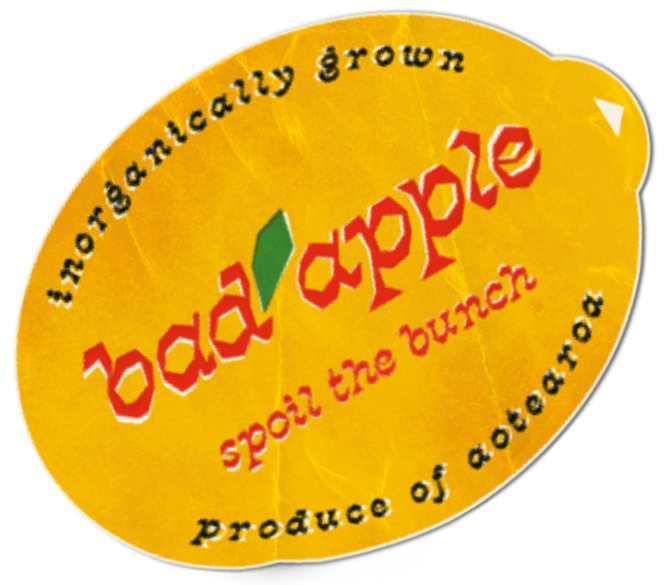I don’t often read memoirs, but when I do they’re about people I know nothing about Ozzy Osbourne’s I Am Ozzy is still one of the funniest books I have ever read, and Mariah Carey’s The Meaning of Mariah Carey is illuminatingly beautiful—but I wouldn’t really call myself a huge fan of either. By the end of them, I often feel like I’ve become friends with the author. So when given the chance to review The Queen’s Wife by Joanne Drayton, I was excited to get to know someone new.
The memoir is a story of lesbianism, custody battles and ancestry, all wrapped up with a dash of art history and the art of discovering oneself. Drayton, who through the course of the book, gains a PhD and travels the world to study the art and lives of her artistic subjects, is a renowned Aotearoa art historian. The subjects of her research and books include Francis Hodgkins, Edith Collier, and Rhona Haszard, but for the first time in The Queen’s Wife, she turns inwards.
We see her become disenfranchised with her marriage to the father of her two children, become friends with and eventually fall for Sue, her future life partner, and deal with the tragedies of a custody battle between herself and her husband over their children. One of my favourite moments in the book was when she realised she was no longer happy in her marriage, vacuuming in the somewhat decrepitly-described house the family shared.
The chapters of the book are split in half, the first part detailing the story of Drayton’s life, and the second half either detailing the history of ivory carvers from the Viking Age, or that of Sue’s Māori ancestry. I found these second parts less compelling than Drayton’s own story, but I understand their merit now having finished the book. I wonder if had they been presented slightly differently I would have enjoyed them more, but I do know I was so wrapped up in Drayton’s story that I didn’t want to focus on anything else. Albeit, they remain illuminating and I do think they highlight the importance of history and tradition.
I think the locations in which we read books really shape our experiences with them. I read this book in comfortable places: on the couch, in bed, pacing the kitchen while dinner cooked, in the breakroom at work, and finished at a bar with a glass of red. Drayton featured places in the same way — the ramshackle house her and her husband share, the commercial space Sue and her rent out so they can meet safely, and the various houses they rent together later in the book all share equal importance. These places have shaped our author’s experiences, becoming the backdrop of her life. The book rightfully highlights them, the good and the bad, and we see how they comfort and anger her.
As I got to know their lives more, I found comfort in the experiences Drayton shared with me through her writing. Discussions on being gay in a small town, losing the love and support of your family, and the abrupt changes in how people treat you when they find out were all experiences I shared with her. It can’t have been easy to have gone through it in an even more prejudiced time, and I really commend her for sharing those experiences and not letting go of her lesbian joy. I believe it’s important to understand and know the experiences and strife of our LGBTQ+ elders, and I feel enriched from having been given the opportunity to know Drayton’s.
Ultimately, this was a beautiful and heartbreaking book. I really felt for Drayton in the hardships of her custody battle, and appreciate her mentioning how hard this must be for all lesbian mothers who have had the same experience. I admired her talking about her studies and the depths she went to find the juiciest facts about her subjects. And I loved her sharing her story in such detail, something that I imagine could have been quite difficult, especially for someone who has spent so much time writing about and highlighting others. The Queen’s Wife is a worthy read detailing the highs and lows of the life of an extraordinary woman, but I’m sure the best is still to come.
Featured image courtesy of Penguin Random House New Zealand.



